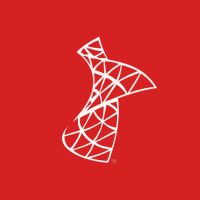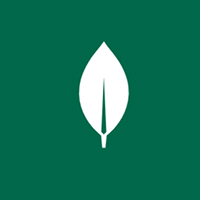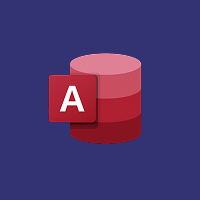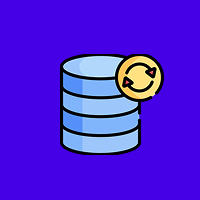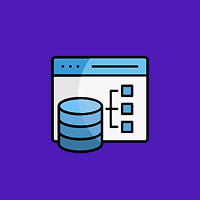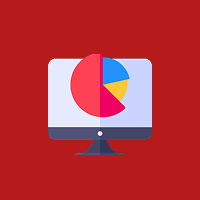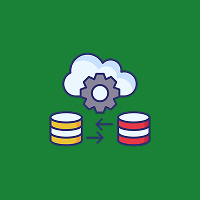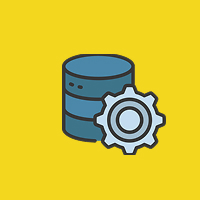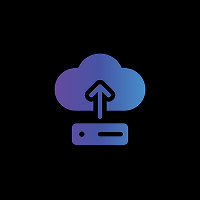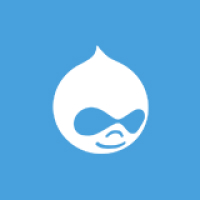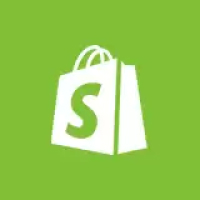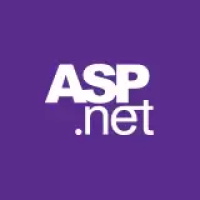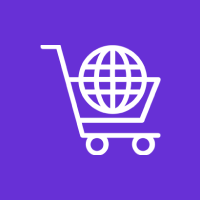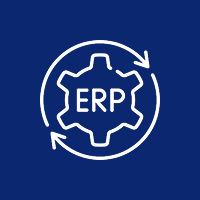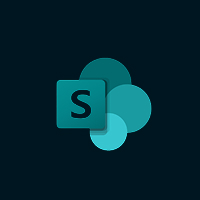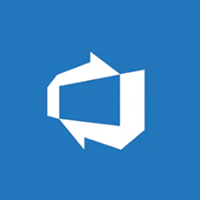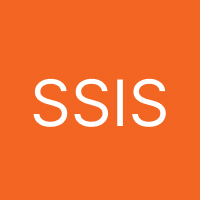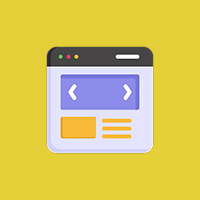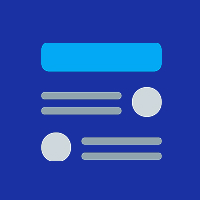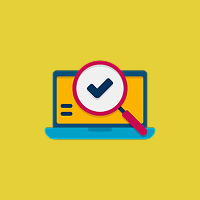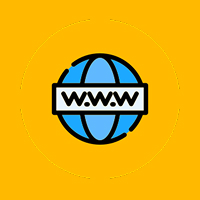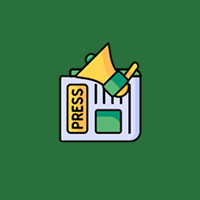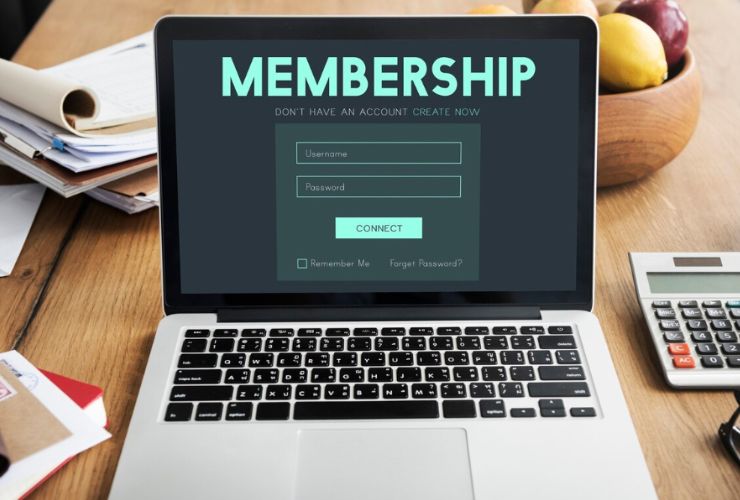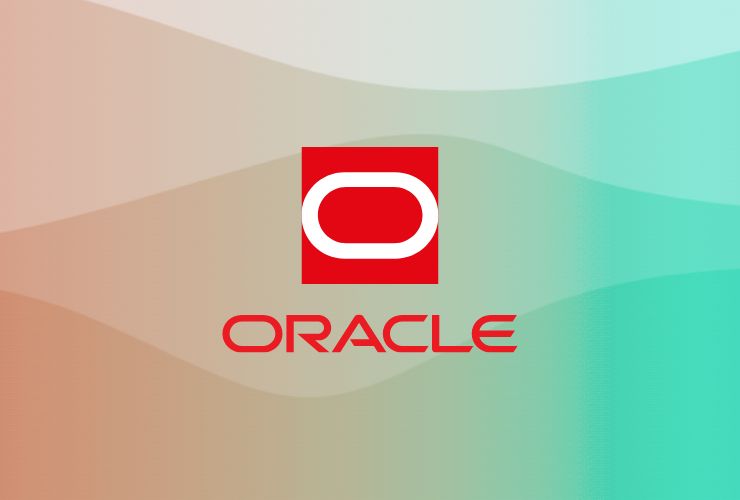With the advent of the digital age, making an app is half the job. To put it in the users’ hands and see it prosper takes winning publishing and promotion techniques. Whether you’ve made a utility app, a game, or a tool for productivity, getting your Windows app published and promoted successfully can make your application stand out in the applications marketplace.
In this blog post, we will guide you through the whole process of publishing your Windows app on the Microsoft Store, as well as some best practices on how to promote your app to get it the visibility it needs.
1. Getting Your Windows App Ready for Release
Before releasing your app to the Microsoft Store, make sure it complies with all the requirements. Here are some important things to do:
a. Test Your App Rigorously
Make sure your app is bug-free and has a seamless user experience. The Microsoft Store has high standards for app performance, so thoroughly test your app to avoid any troubles post-submission. This involves testing on various devices, screen sizes, and operating systems.
b. Optimize for the Windows Ecosystem
Windows users anticipate a native experience. Optimize your app to smoothly integrate with the Windows ecosystem, such as the support of features like Live Tiles, notifications, and dark mode. Ensure that your app works with Windows 10 and Windows 11, particularly because they are the most widely used versions.
c. Create a Microsoft Developer Account
To distribute your app on the Microsoft Store, you require a Microsoft Developer Account. You can get a free account or pay a one-time fee for a commercial developer account. This account provides you with access to the tools required for app submission, analytics, and updates.
d. Prepare App Metadata and Assets
Collect all the required assets like icons, screenshots, descriptions, and banner offers. An effectively written description is important to gain potential users. Ensure it’s concise, clear, and delivers the value of your app. Also, make sure that your app icon and screenshots are good in quality so that users get a clear idea about its features.
2. Publishing Your Windows App to the Microsoft Store
When you’re ready, submitting your Windows app is an easy process. Here’s what you do:
a. Make a Submission Package
Your app submission package consists of the binaries (executable code) of your app, as well as your app’s metadata and assets. Microsoft accepts several file types to submit, among them.appx and.appxbundle.
b. Submit through Microsoft Partner Center
Log in to the Microsoft Partner Center with your developer account. Go to the “Create a new submission” area and go through the step-by-step process to upload your app package. In the process of submission, you will be prompted to enter details such as pricing, countries where the app will be sold, and the category of the app.
c. App Certification Process
Microsoft will test your app to check whether it has met the required standards of quality and security. The certification will take a few days, though this may change based on such factors as the complexity of the app and how many apps are in the queue. If your app is certified, it will be available in the Microsoft Store.
d. Set Pricing and Availability
Choose whether your application will be free, paid, or have in-app purchases. You can also specify the countries where your application will be accessible. Ensure that you find the optimal pricing option for the users you are targeting.
3. Marketing Your Windows App
After publishing your app, it’s time to market it. Without a good marketing plan, even the greatest app can remain unknown. Here are some strategies to put your app in front of more users:
a. Optimize for the Microsoft Store
App Store Optimization (ASO) is the key to visibility. Concentrate on the following:
- App Title and Keywords: Select a title that aptly describes the purpose of the app. Add relevant keywords to the description, title, and tags so that users can locate your app when they search for related terms.
- Attention-Grabbing Screenshots and Videos: Good screenshots and app videos will help users gain a proper understanding of your app’s functionality. A high-quality video can boost conversion rates immensely.
- Positive Reviews and Ratings: Promote users to post reviews and ratings. Good feedback increases the credibility and ranking of your app in the Store.
b. Social Media and Content Marketing
Utilize social media sites such as Facebook, Twitter, and Instagram to raise awareness and interact with potential users. Post app features, user testimonials, and updates on a regular basis. Also, begin a blog or produce video content to inform your audience how your app addresses their issues.
c. Paid Advertising
Think about using paid advertising to get traffic to your app. Microsoft Ads (formerly Bing Ads) is a good option for targeting Windows users. You can also use social media advertising on Facebook, Instagram, or LinkedIn, depending on the audience.
d. Influencer and Blogger Outreach
Reach out to bloggers or influencers who cover Windows apps or technology reviews. They can review your app candidly and bring it to more people’s notice. Most websites that cover tech also have space for guest blogging, which will help your app reach more eyes.
e. Offer Promotions and Discounts
Providing limited-time discounts or offers can incentivize users to test your app. If your app is paid, provide it free for a specified time to raise the downloads and reviews.
4. Track and Enhance Your App
Once you’ve published and marketed your app, you’ll want to keep an eye on its performance. Microsoft Partner Center offers rich analytics that will give you insights into user engagement, crash reports, and download numbers.
Optimize this information to know where your app can be improved, correct bugs, and update the app to make it fresh and competitive. Keeping your app updated with the latest features and enhancements also keeps users interested and engaged.
Conclusion
Marketing and distributing your Windows application involves thorough planning, testing, and marketing. Following the above steps, you can ensure that your application receives the attention it needs and builds a loyal user base. Keep in mind that the app market is competitive, so ongoing improvements and wise promotional techniques will be the deciding factors for the long-term success of your application.
Contact Us Today
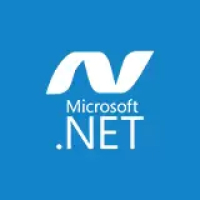


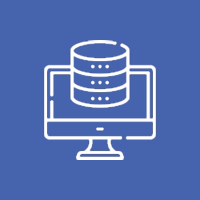




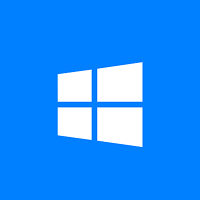
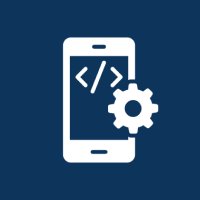



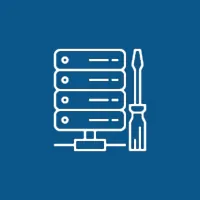 Database Development
Database Development